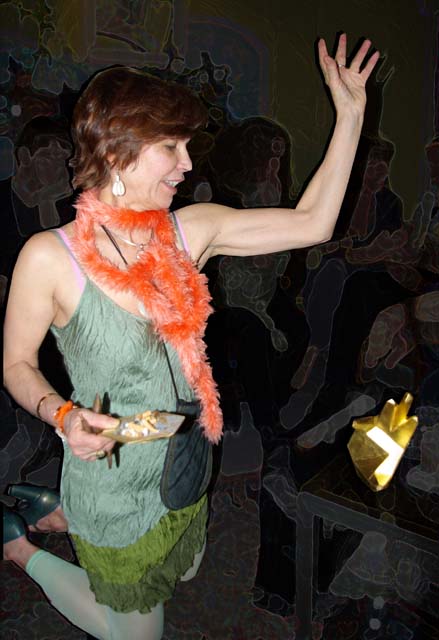
Born in 1948, Marie-Pierre Legrand began drawing in early childhood and soon started sculpting rosettes onto furniture crafted by her father, an architect.
A student of Chaminade in 1966—painter and great master of rhythm—she discovered movement through his teaching.
In this creative family setting, she studied at Met de Penninghen in 1968. A year later, in 1969, she met her mentor, Antoniucci VOLTI. She spent a year in his studio in the 14th arrondissement of Paris, and in 1970 followed his classes at the School of Applied Arts, where he taught.
With him, she learned to observe how rhythm gives rise to movement in sculpture—through edges and planes—and, above all, how essential light is as it falls and reveals the work.
She enjoys working with textiles, sewing, creating a series of cloth dolls, drawing rural scenes, learning screen printing, and shaping clay.
In 1993, she held her first exhibition and took part in the Salon d’Automne at the Grand Palais, as a sculptor.
In 1997, she designed her first stage set for a production by Jacques Mauclair. There, she discovered the power of stage lights falling on sets and actors alike, and began experimenting with polychrome patinas on her bronze sculptures. Theatre also introduced her to the monumental, to installation work, and to a wide range of materials.
Since 1998, she has been leading creative workshops in psychiatric settings.
Her favorite theme remains the couple—the connection with the other—as in Coq Amoureux (“Loving Rooster”), a larger version of Flamme, where the humor of Georges Brassens inspired her to turn Man into a Rooster!
For the past ten years, Marie-Pierre has been exploring the hand—this magical tool that fascinates her—continuing her quest with it toward what is essential: creation, and the “great void.